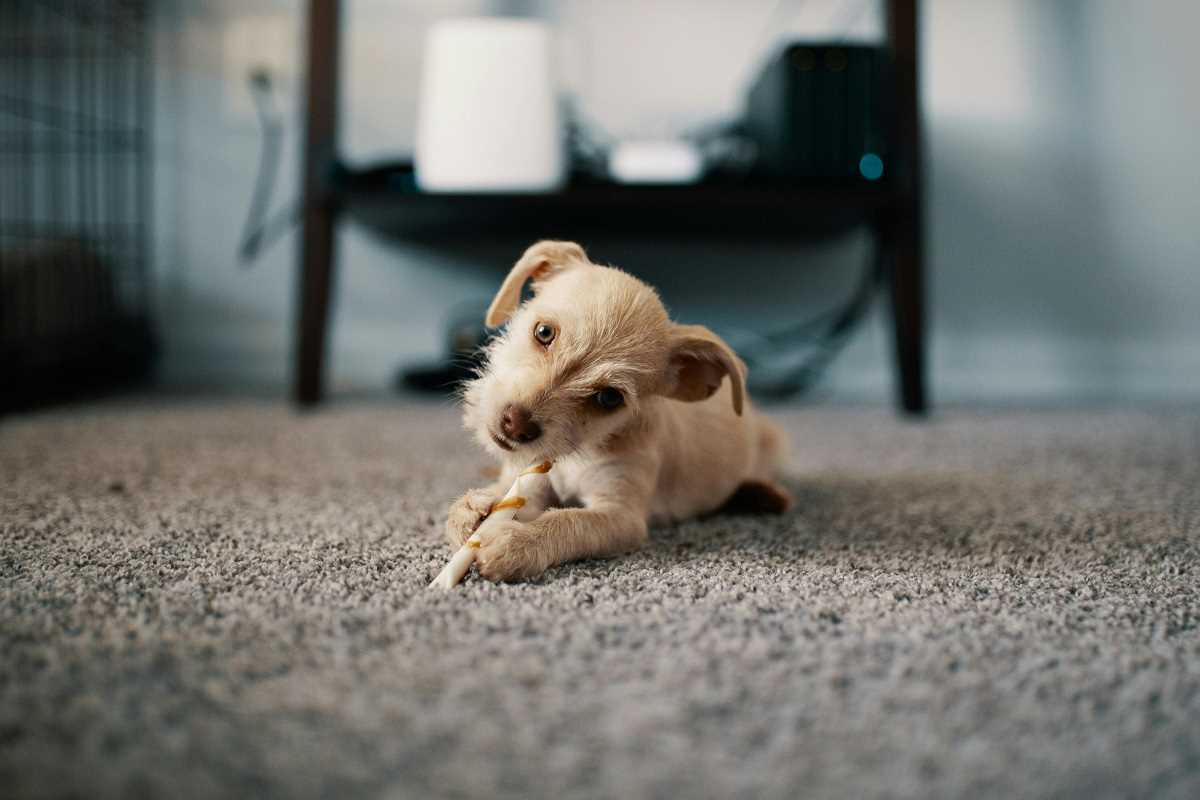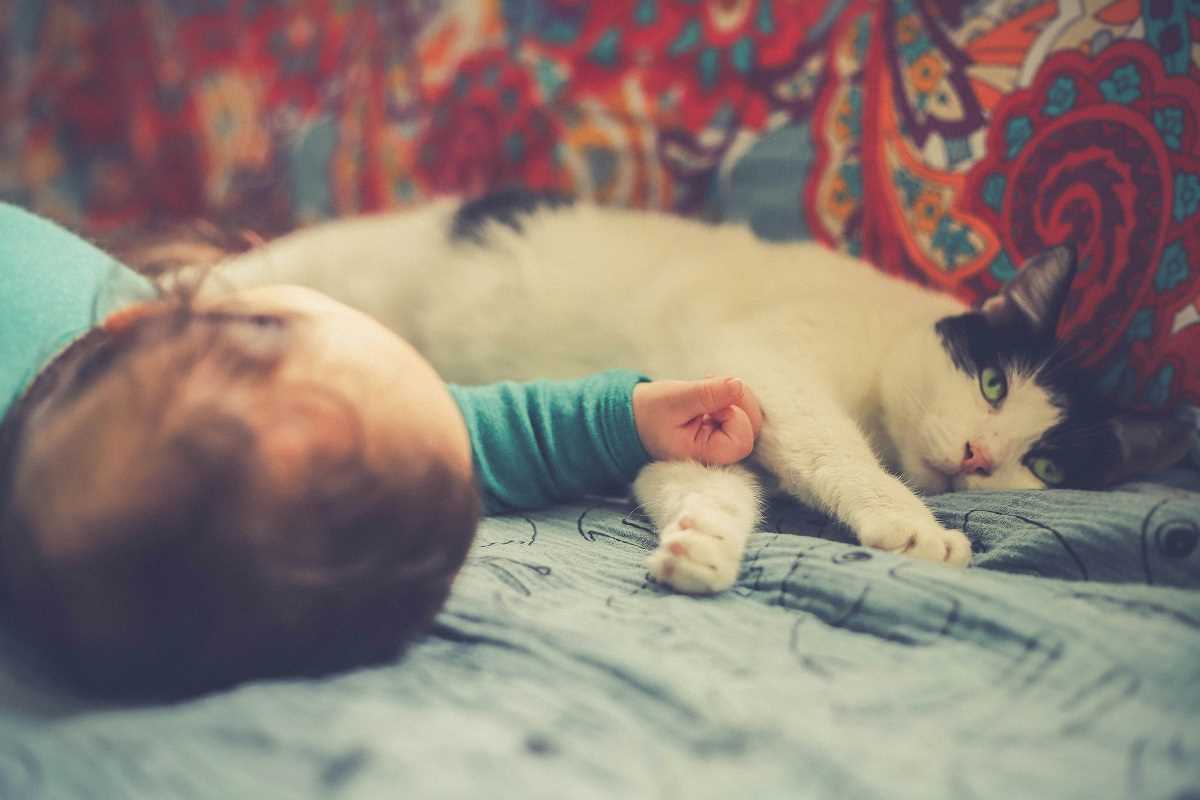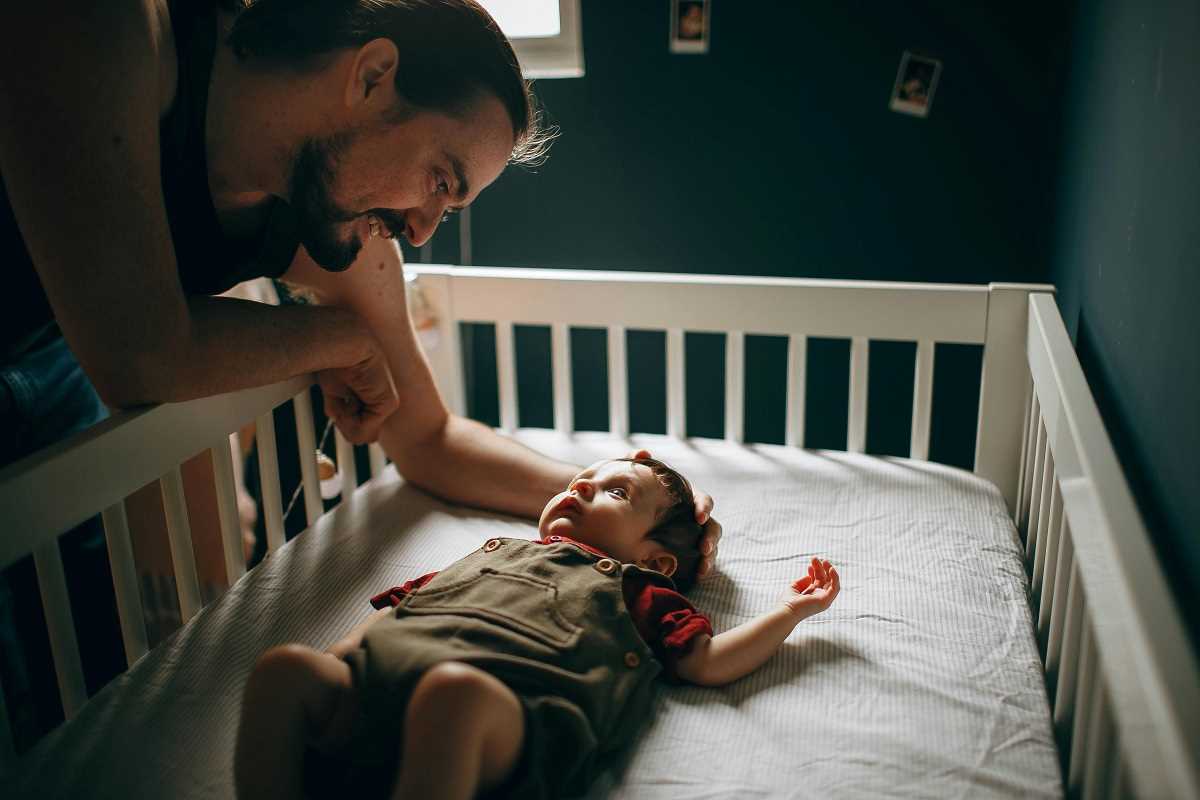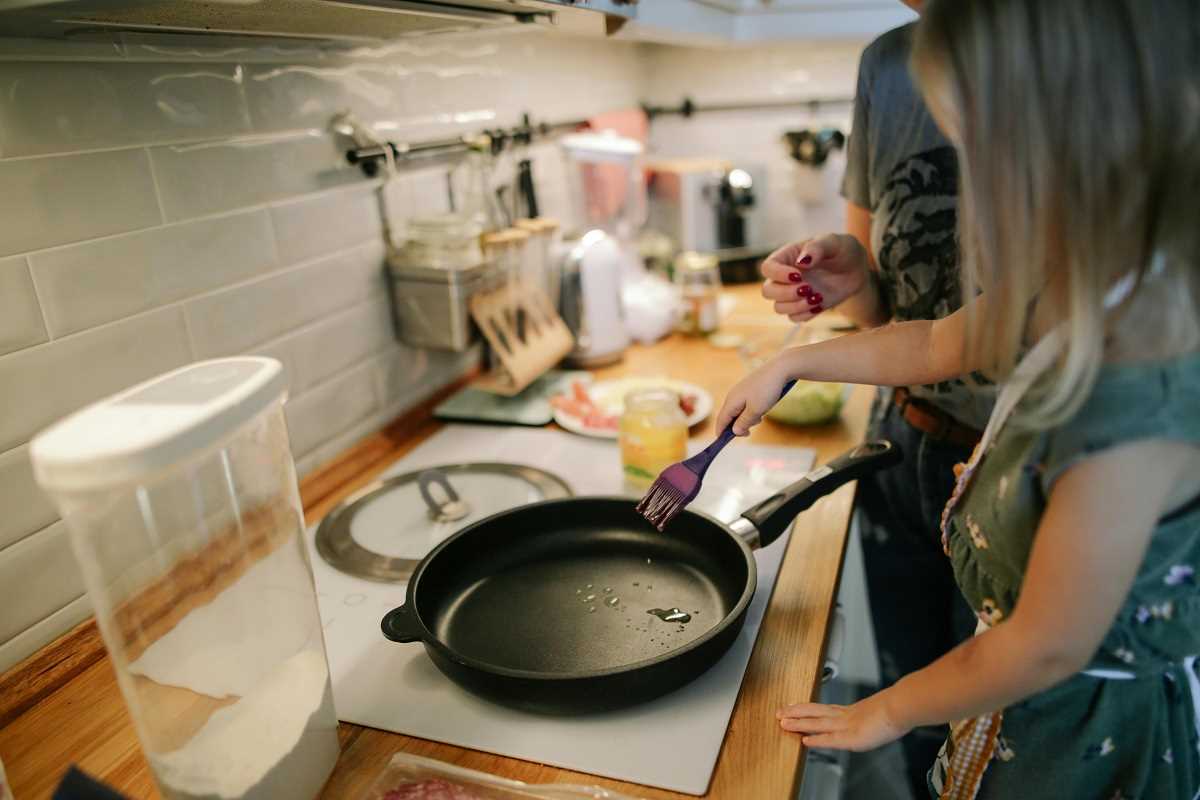When it comes to baby clothes, one thing is for sure—they pile up fast. Between gifts, hand-me-downs, and those irresistibly cute outfits you just had to buy, your little one’s wardrobe can become overwhelming before you know it. The good news? With a bit of organization, you can declutter, find what you need quickly, and make sure your baby gets to wear those adorable clothes before they outgrow them.
Here’s a step-by-step guide to organizing baby clothes by size and season, along with helpful tips to keep things tidy and stress-free.
Step 1: Sort Everything by Size
The first step to tackling the baby closet is to sort clothes into size categories. Baby clothes are generally labeled by age ranges, such as newborn, 0-3 months, 3-6 months, and so on. But remember, every brand fits a bit differently, so don’t solely rely on the labels—use your baby’s current size and growth pattern as your guide.
How to Sort by Size
- Start With a Clean Slate: Empty out the baby dresser, closet, and any bins you’ve been using. Get it all in one place so you can see exactly what you’re working with.
- Separate Into Piles: Create piles for each size—newborn, 0-3 months, 3-6 months, etc. Don’t forget to set aside any outgrown clothes for storage or donation.
- Evaluate Each Item: Check for stains or damage. If you come across something beyond repair, it’s time to toss it.
Pro Tip: If you’re dealing with hand-me-downs or clothes without clear labels, group items by eyeballing their sizes. Compare them to a piece of clothing you know fits your baby.
Step 2: Organize by Season
Next, sort your piles by season—summer, winter, or year-round. This organization not only ensures you’re prepared when the weather changes but also minimizes clutter by storing off-season clothes elsewhere.
How to Separate by Season
- Check the Climate: Consider your region’s weather and your baby’s likely size in each season. For instance, a 6-month jacket might not be relevant if it’ll be summer when your baby grows into it.
- Categorize Clothing: Lightweight onesies, sleeveless rompers, and sunhats go in the summer pile. Sweaters, jackets, and fleece sleepers belong in the winter pile. For year-round staples like white onesies or plain leggings, keep them accessible no matter the season.
- Rotate Promptly: Place out-of-season items in separate storage to reduce clutter. Vacuum-sealed bags are an excellent option for keeping them compact and fresh.
Step 3: Label Everything
Labels can be a game-changer when it comes to keeping baby clothes organized. They save time when you’re searching for that 3-6 month onesie on a busy morning or packing away clothes your baby has outgrown.
Labeling Tips
- Use Dividers for Hanging Clothes: Closet dividers with size markers (like “Newborn” or “0-3 Months”) can make your baby’s closet feel like a boutique! You can find adjustable dividers online or make DIY versions with sturdy cardstock.
- Bins and Boxes: Use clear storage bins or fabric bins with built-in labels for folded clothes. Write the contents on a sticky note or label, such as “3-6 Months, Summer.”
- Drawer Inserts: For dresser drawers, try adjustable dividers or small baskets to separate sizes or types (e.g., socks, bibs, or onesies).
Pro Tip: Color-code your labels for even more clarity—for example, blue labels for winter clothes and yellow for summer.
Step 4: Store Extras Efficiently
Not every outfit will fit in the dresser or closet at once, especially if you’re stocked up on clothes in future sizes. Knowing how and where to store extras will keep things organized as your baby grows.
Storage Ideas
- Vacuum-Sealed Bags for Bulk: These are fantastic for off-season or future-size clothes. They shrink down to save space and protect clothes from dust and moisture.
- Under-the-Crib Storage: Utilize the space under your baby’s crib. Flat storage bins that slide easily in and out are perfect for keeping clothes you’ll need in a few months.
- Stacked Bins in the Closet: Stackable bins or cube storage organizers are lifesavers for closets. Label each bin like “6-9 Months, Winter” so you know exactly where to go when it’s time for an upgrade.
Pro Tip: Keep a designated “Too Small” bin nearby so you can quickly toss in items the moment they’re outgrown.
Step 5: Rotate Clothes as Baby Grows
Babies grow quickly, and their clothing needs can change from week to week. A system for rotating clothes will save time and help avoid those adorable onesies going unworn.
How to Rotate Clothes
- Keep Future Sizes Accessible: Store the next size up where you can grab it quickly. If your baby is in 3-6 months now, place 6-9 month clothes in the top of the closet or a labeled drawer.
- Audit Regularly: Plan to go through your baby’s wardrobe every 1-2 months. By staying ahead of your baby’s growth spurts, you can swap out clothes without any hassle.
Pro Tip: If you’re expecting hand-me-downs or shopping sales, stick to a rotating system that can easily accommodate your growing stash!
Step 6: Maintain the System
You’ve done the hard part—now it’s all about maintaining your organized system. A little upkeep will keep things running smoothly.
Maintenance Tips
- Streamline Laundry: Wash and fold new clothes in batches and immediately add them to the appropriate size or season pile.
- Donate or Store as You Go: Once something no longer fits, toss it into a labeled “Store” or “Donate” bin to minimize clutter.
- Set Reminders: Every three months, schedule a quick check-in with the wardrobe. You’ll thank yourself later!
Tools to Make Organizing Easier
Here are some tools and organizers to simplify your baby-clothes storage process.
- Closet Dividers: Perfect for hanging clothes by size and season.
- Fabric Storage Bins: These soft-sided bins fit well in closets, under cribs, or on shelves.
- Vacuum-Sealed Bags: A must-have for storing baby clothes you’re saving for later.
- Hanging Storage Shelves: Great for smaller baby items like hats, shoes, or bibs.
- Drawer Dividers: These keep tiny outfits in their place and prevent drawer chaos.
With a little planning, some helpful tools, and a commitment to upkeep, you can create a system that works for your family. Not only will this save you time and sanity, but it’ll also make your mornings smoother and ensure that every precious outfit gets its time in the spotlight. After all, those tiny clothes are only this small for so long—why not get the most out of them?
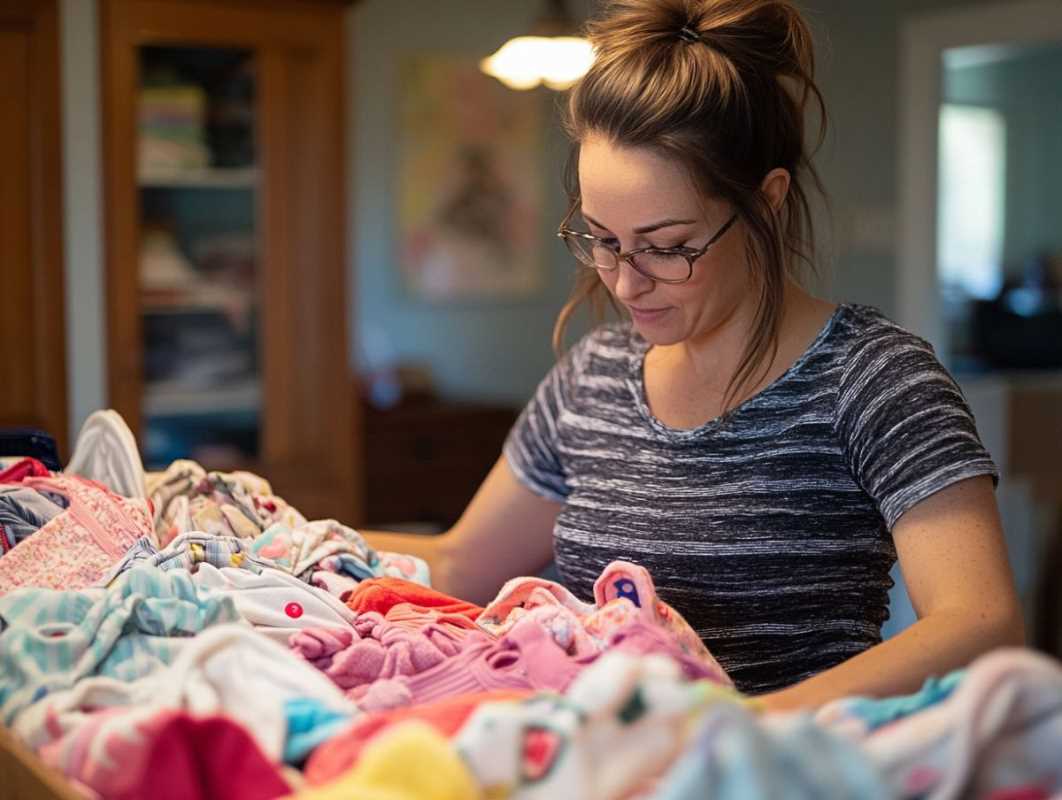 (Image source: Midjourney)
(Image source: Midjourney) 


